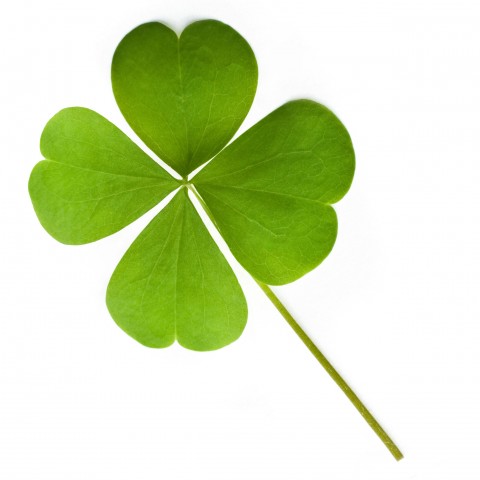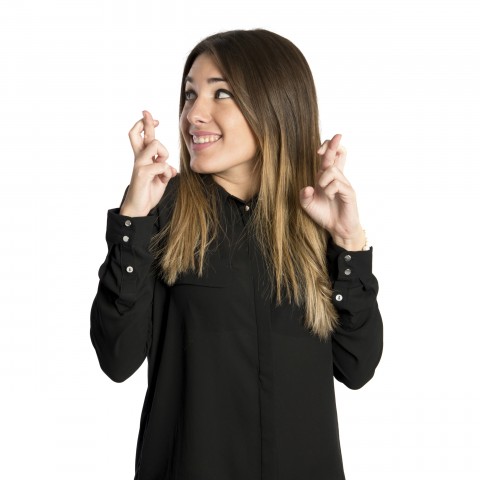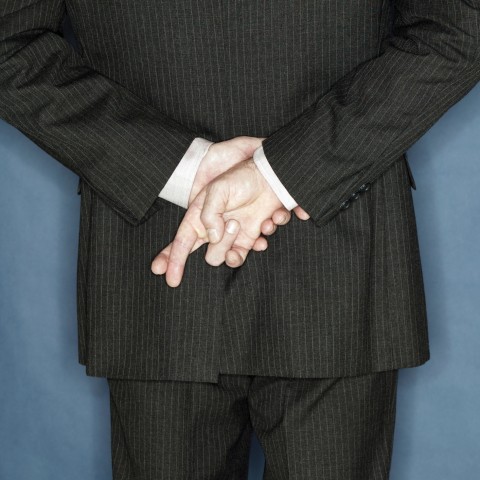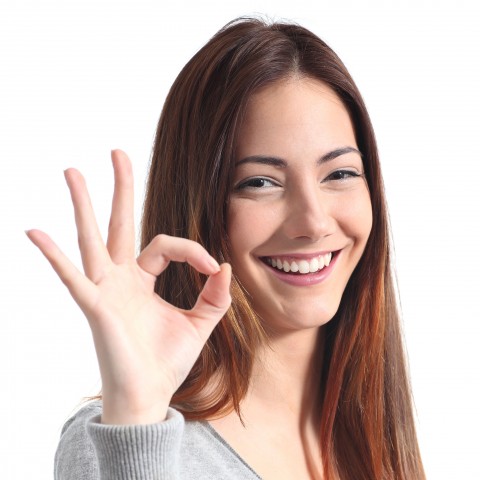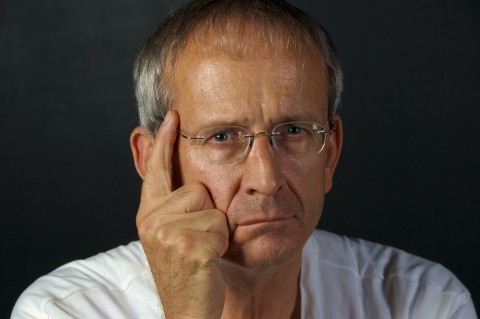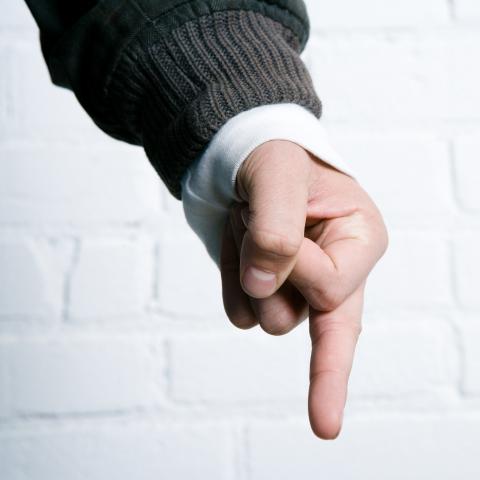
Being understood in any language goes far beyond the spoken word. Everyone communicates with their entire body, not just with what they say. To muddy up communication even more, add cultural differences to the mix (take, for example, gestures in South Africa vs. the United States). This is succinctly explained in a quote from an article by Cynthia Ntuli, a student at the University of South Africa:
“As human beings, we use language, i.e., verbal and nonverbal signals to communicate and interact with one another and to link us to the world. Much of what we do when we interact with others is based on our cultural values and background. In this interaction we often encounter people who not only use different languages but who also come from cultures and backgrounds different from ours. Because of our differences, misunderstandings may occur in the process of communication and this may have a negative effect on people around us.”
Therefore, it’s important to know typical gestures as they’re used by Afrikaans-speaking people, as well as the rude gestures in South Africa. In Afrikaans language-learning, body gestures and how they’re used could mean the difference between making friends or making enemies! This makes Afrikaans lessons about body language an essential aspect of your learning journey.
At AfrikaansPod101, we know that communication is a complex process, especially where Afrikaans body language is involved. So, read on for a quick and easy guide on the most commonly-used hand gestures in South Africa, as well as the ones to avoid. Start with a bonus, and download your FREE cheat sheet – How to Improve Your Afrikaans Skills! (Logged-In Member Only)
- Hand Gestures in South Africa
- Rude Hand Gestures in South Africa
- What Makes AfrikaansPod101 Different?
1. Hand Gestures in South Africa
The most important body language in South Africa for you to learn is hand gestures. Most hand gestures used by Afrikaans-speaking South Africans are fairly well-known in most Western cultures. There are only a few such Afrikaans body gestures that are fairly native to the language.
1- Shaking Your Hand to Show Commiseration with Pain
Let’s start with a typically South African gesture. This gesture in South Africa is used most commonly to indicate commiseration or empathy with someone when they’re experiencing physical pain or a situation of discomfort.
1. What the Gesture Looks Like
It’s not difficult—simply imagine injuring your finger painfully, like, for instance, getting it pinched in a door. What’s your first response? Universally, we either grasp the sore finger and squeeze it, or we vigorously shake the hand (usually with the palm towards the body and the fingers spread open), as if we’re literally trying to shake off the pain.
All human bodies are, in fact, designed to instinctively do this to draw more blood to the site of pain and injury. The movement initiates the process of healing, but South Africans commonly use it as an eloquent gesture. Try it now by pretending you hit your finger with a hammer…
Well, there you have the gesture! It’s custom to shake your hand approximately three times.
2. When to Use
Use this gesture if you witness someone injuring themselves. Usually, you would then suck in a breath through your teeth, and say something like: Eina! Is jy okey? meaning “Ouch! Are you OK?” Of course, you can offer help if the injury is serious and you know what to do. Otherwise, your simple empathy is enough.
This gesture is also used as a non-verbal cue to express commiseration when experiencing (or expecting) an uncomfortable situation. Such as:
Person 1: Ek skryf vandag eksamen en ek het deurnag gestudeer! Maar my brein voel sif, ek kan niks onthou nie!
Translation: “I’m writing exams today and I studied through the night! But my brain feels numb, I can’t remember anything!”
Person 2: *Pulls face in sympathy and uses this shaking gesture.* Eina! Ek hoop jy voel gou beter.
Translation: “Ouch! I hope you feel better soon.”
The gesture is common not only among Afrikaans-speaking South Africans, but in all other South African cultures too. Don’t use it to show sympathy for a serious incident or illness, though, such as death, a cancer diagnosis, or the like.
2- Rubbing Fingers to Indicate Money or Texture
This is yet another gesture in South Africa that’s so eloquent and universally understood that you don’t have to say anything to make yourself clear. It’s used to mean two things: money and the texture of soft fabric.
1. What the Gesture Looks Like
Clench your hand in a loose fist, and then rub your forefinger and thumb together, as shown in the illustration above. Repeat about three times.
2. When to Use
Spice up your conversation with this gesture when someone mentions a lot of money or something expensive. Like this:
Person 1: Kyk daai Alfa 4C!
Translation: “Look at that Alfa 4C!”
Person 2: *Uses this rubbing gesture.* Ja, fantastiese karre en lekker duur!
Translation: “Yes, fantastic cars and very expensive!”
or
While using this popular gesture in South Africa, you could comment: Wys my die geld! meaning “Show me the money!”
or
Ek soek ‘n bloes in sagte materiaal.
“I’m looking for a blouse in a soft fabric.”
3- Holding Thumbs or the Good Luck Gesture
“Holding thumbs” is a positive, popular gesture in South Africa among the Afrikaans-speaking folk. It can even be called one of the South African gestures of respect.
The gesture itself means you’re rooting for someone and wishing them good luck. In both Afrikaans and English, hou duimvas, or “holding thumbs,” is a common expression too, and popularly used together with the gesture.
1. What the Gesture Looks Like
Place your thumb flat onto the same hand’s palm. Now curl the rest of the fingers over the thumb, like infants are often seen doing. It’s similar to a fist clench, only the thumb gets placed under the other fingers, not over.
2. When to Use
Use this to indicate that you’re supporting someone in thought, and to wish them good luck for an important event. To properly use this gesture, you’d slightly raise your fist and say, for instance: Ek hou duimvas vir ons span! meaning “I’m holding thumbs for our team!”
In a conversation, you can use it like this, as well:
Person 1: Ek gaan my bestuurslisensie toets doen vanoggend.
Translation: “I’m going for my driver’s license test this morning.”
Person 2: *Slightly raises their fist in this gesture.* Voorspoed! Ek hou vir jou duimvas! Hoop jy slaag maklik.
Translation: “Fare well! I’m holding thumbs for you! Hope you will pass easily.”
Another gesture, crossing fingers, is similar but not completely identical in meaning. It’s also commonly used in many Western countries.
4- Crossing Fingers: A Gesture to Wish for Good Luck
This gesture in South Africa means the same as in many other countries. It’s based on an old superstition that you’ll be protected and/or gain good luck if you wish for it with your fingers crossed.
Crossing fingers has another, more nefarious meaning, also based on superstition. If you cross your fingers while telling a lie, or making a promise you’re not intending to keep, the belief is that you’re sort of asking God for forgiveness. Usually, you’d hold your crossed fingers behind your back.
1. What the Gesture Looks Like
Simply cross the middle finger of one or both hands over the index finger.
2. When to Use
It’s slightly more common among Afrikaans speakers to wish someone else good luck by holding thumbs than by crossing fingers. The Afrikaners also don’t have a specific word or phrase that goes with this gesture. However, you could, for instance, raise your crossed fingers, and say something like: Voorspoed! meaning “Best wishes!”
If you’re betting or gambling, or if you wish good luck for yourself, simply cross your fingers and slightly raise your hands. Everyone will understand what you mean!
5- The OK Gesture
This is another popular gesture in South Africa that’s well-known in most Western countries. The OK gesture means just that—you’re fine and/or the situation is fine. It’s commonly used by divers who are underwater to indicate that everything is OK or safe.
1. What the Gesture Looks Like
Form an O with your thumb and forefinger. Keep the other three fingers lifted.
2. When to Use
Any time you wish to indicate that something is great (such as fantastic food, or a magnificent car), or that you’re personally OK, this gesture is good to use.
You could say something like: Alles reg hier! meaning “Everything OK here!” when you want to indicate that you’re fine.
Or you could comment Manjifiek! meaning “Magnificent!” if something is particularly to your liking.
6- Peace Sign and Bull’s Horns
These signs have their origins in old Western superstitions, but in many cultures they mean different things. The gestures are rooted in popular heavy metal and rap culture, and the meaning is usually benevolent, such as wishing peace or warding off evil.
In South Africa, you’ll usually see the younger generation using these gestures.
1. What the Gestures Looks Like
The Peace Sign is a raised fist with the index and middle fingers up. The palm is turned outward and away from the body.
The Bull’s Horns is also a fist, with the index finger and pinky raised, sometimes with the thumb raised too. The palm is turned towards the body.
2. When to Use
Use these gestures in South Africa when you want to extend a benevolent greeting or salutation, mainly to young people.
7- Tapping a Finger Against Your Head or Crazy/Clever Gesture
This South African gesture has two meanings: crazy or clever.
1. What the Gesture Looks Like
It’s pretty simple: Using the index finger, simply tap repeatedly against the temple.
2. When to Use
You need to be sensitive in your use of this gesture, or you could offend someone. If your gesture refers to someone who’s clearly suffering from mental health issues, you would be offensive to many. However, if you’re witnessing someone clowning around or making jokes, it would be appropriate to use this gesture with a smile while shaking your head. As if you’re saying: “What a crazy clown!”
Or, you could use this gesture to indicate someone who’s brainy or very clever. To make your meaning clear, you could add a comment, such as: Dis slim van jou! meaning “That’s clever of you!” or Slimkop! meaning “Clever head!”
So, these gestures are popular and positive ones to use when you’re in the company of Afrikaans-speaking people. There are a few rude ones, though.
2. Rude Hand Gestures in South Africa
The following gestures are rude and no-no’s for use in company. Completely avoid using these!
1- The Fig Sign
The fig sign is an important thing to note about body language in South African culture. This sign demonstrates the differences between cultures, because it’s considered to have an obscene, rude meaning in South Africa. It represents a common swear word. However, in Brazil, it’s used to ward off the so-called “evil eye,” and in Hindu culture, it has religious connotations.
1. What the Gesture Looks Like
Holding the hand in a clenched fist, push the thumb through the index and middle fingers.
2- Middle Finger Gesture
This gesture is universally offensive and considered quite aggressive. Walk away if someone shows you this one, because they’re nonverbally swearing at you!
1. What the Gesture Looks Like
As the image demonstrates, the hand is in a clenched fist, with only the middle finger raised. Usually, the hand is raised, too.
3- The Peace Sign with Palm Towards Body
This peaceful sign turned towards the body is, in some Afrikaans circles, considered an aggressive one. It means, more or less, the same as the middle finger, and serves as an offensive swear word.
1. What the Gesture Looks Like
The hand is in a fist, with the index and middle fingers raised, like the Peace Sign. However, the palm is turned inward, and usually, the complete gesture involves shoving both fists upward from the waist. The inference should be clear…!
What Makes AfrikaansPod101 Different?
So, these common gestures in South Africa will go a long way to help you communicate with clarity. At AfrikaansPod101, we make that process even easier with our culturally-relevant content, and our practical, fun approach to learning.
When you enroll, you can expect to receive many benefits, including different membership options. Depending on your personal needs, these will unlock functions such as a personal tutor, available via text nearly 24/7, or access to knowledgeable, energetic hosts who are native Afrikaans speakers.
Also get access to downloadable apps and many other tools you can use on your Android or IOS phone, tablet, or laptop—everywhere and anywhere! You can practice, for instance, an Afrikaans word a day or these 100 Core Afrikaans Words anywhere you are! Or, on your own time, learn with the help of these Afrikaans vocabulary lists.
Get a new lesson delivered every day, and easily learn to speak Afrikaans like a native! Using popular gestures in South Africa, you’ll soon be fluent in every way. And with enough practice, you’ll be using them like a native.
Which is your favorite gesture? Are any of these Afrikaans hand gestures similar to those in your country? Let us know in the comments! Start with a bonus, and download your FREE cheat sheet – How to Improve Your Afrikaans Skills! (Logged-In Member Only)






